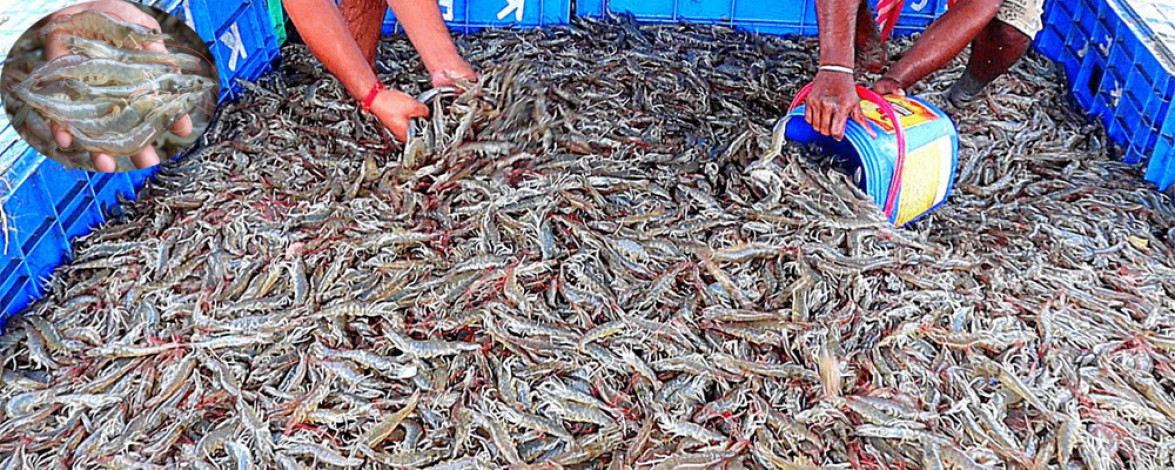
About 10 percent of total frozen
shrimp exports were destined for Russia. Exports to the country have been
halted since the start of the Russia-Ukraine war last February. On the other
hand, inflation has increased in European Union (EU) countries due to the war.
EU citizens have reduced their purchases of goods other than fuel and daily
necessities. This is our big market. Although frozen shrimp is a food product,
it is not a daily necessity, so its sales have decreased. Still, frozen shrimp
and fish exports were worth $530 million in the fiscal year ending in June. The
growth was 11.62 percent.
However, in the first month of
the current financial year, the export of frozen shrimp and fish decreased by 2
percent. Still, frozen shrimp exports grew by 2.75 percent. However, the demand
for shrimp in EU countries is low due to inflation. That's why the purchase
order is less. There is little hope that the situation will improve in the next
two-three months.
77 percent of the shrimp sold worldwide are high-yielding Vannamei shrimp. But we do not produce that shrimp. Already started experimental cultivation of Vannamei shrimp. Our demand is to speed up the process and proceed to commercial production of Vannamei shrimp. Because, it is not possible to increase exports without Vannamei.
About Vannamei shrimp
Vannamei shrimp also known as Whiteleg shrimp or Pacific white shrimp or King prawn, is a species of prawn of the
eastern Pacific Ocean commonly caught or farmed for food.
L. vannamei grows to a maximum
length of 230 mm (9.1 in), with a carapace length of 90 mm (3.5 in). Adults
live in the ocean, at depths to 72 m (236 ft), while juveniles live in
estuaries. The rostrum is moderately long, with 7–10 teeth on the dorsal side
and two to four teeth on the ventral side.
Whiteleg shrimp are native to the
eastern Pacific Ocean, from the Mexican state of Sonora to as far south as
northern Peru. It is restricted to areas where the water temperatures remain
above 20 °C (68 °F) throughout the year.
During the 20th century, L.
vannamei was an important species for Mexican inshore fishermen, as well as for
trawlers further offshore.[2] In the late 20th century, the wild fishery was
overtaken by the development of aquaculture production; this began in 1973 in
Florida using prawns captured in Panama, that were used in hatcheries for
larvae production.
In Latin America, the culture of
L. vannamei started to develop with the availability of hatchery larvae, the
development of feeds, the technification of the growth processes, the freezing
installations and market channels, among others.
From Mexico to Peru most
countries developed in the 70s and 80s large production areas. Ecuador became
one of the world leaders producers of this type of shrimp.
Around the beginning of the
millennial, Asia introduced this species in their aquaculture operations
(changing from Penaeus monodon). China, Vietnam, India and others have become
major packers as well.
The packing of shrimp from
aquaculture origin has overpassed the quantity of ocean caught wild shrimp in
recent years. Both origins, ocean caught and aquaculture, are subject to
weather changes and diseases.
|Source: Online/SZK
Comment Now